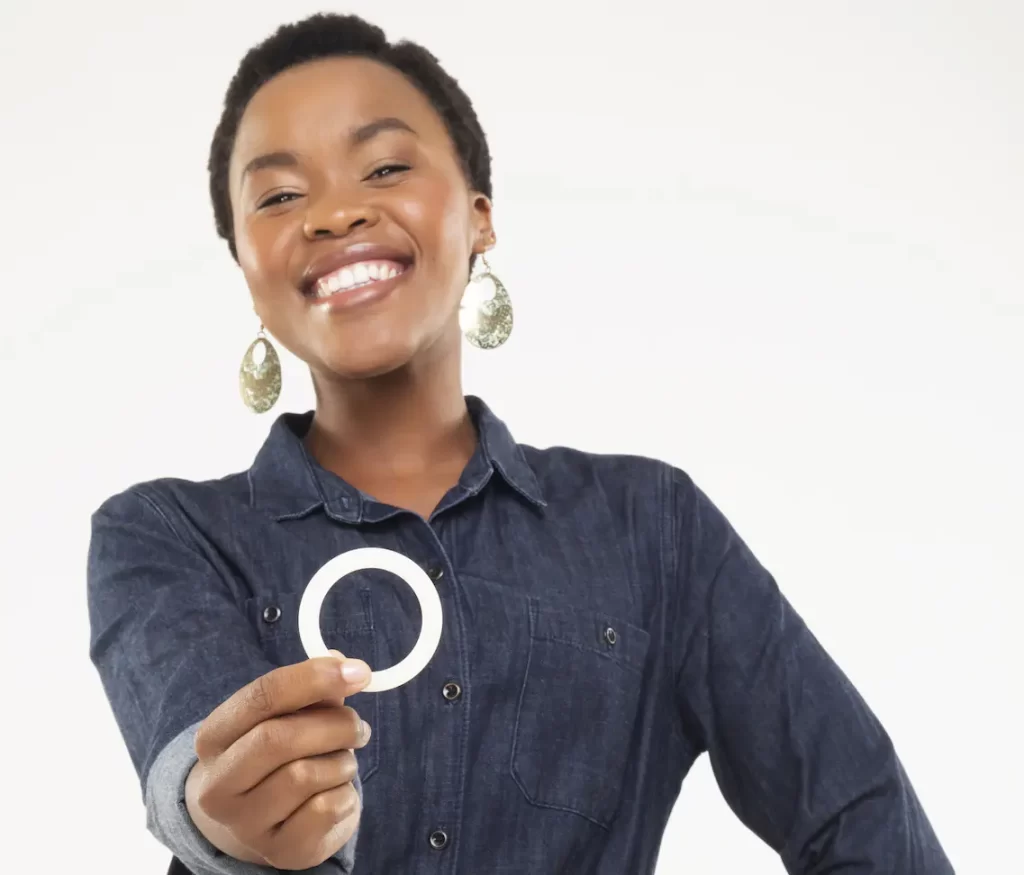BY Elri Voigt – the post Women in SA could have access to a three-monthly HIV prevention ring by 2026 appeared first on Spotlight

SUMMARY by Vuka.News:
New Three-Month HIV Prevention Ring: A new three-month vaginal ring containing dapivirine (100mg) is being developed as an HIV prevention tool, aiming for fewer insertions and clinic visits compared to the current monthly ring (25mg). Early studies show it achieves effective drug levels and is safe, meeting both non-inferiority and superiority benchmarks in comparison to the monthly ring.
Study Results and Safety: In a phase one trial, the three-month ring showed equivalent or higher drug levels in blood and vaginal fluid than the monthly ring, especially in the first month. Both rings were well-tolerated with similar minor side effects like vaginal discharge; no HIV infections were reported among participants.
Potential Approval and Benefits: Researchers hope the three-month ring will be approved for use in South Africa and other countries, providing an alternative to daily PrEP pills, particularly for women who prefer discreet methods.
Approval may also include safety data for pregnant and breastfeeding women based on data from the monthly ring, which could expand the ring’s accessibility.
Cost and Manufacturing: Manufacturing costs aim to cap at $16 per three-month ring, presenting an annual cost-saving compared to the monthly ring.
South African pharmaceutical company Kiara Health is positioned to manufacture and distribute the ring, marking a shift towards African-based production.
Pilot Studies and Uptake in South Africa: Implementation studies in South Africa are exploring PrEP options, including the monthly ring and long-acting injections (CAB-LA). Preliminary data shows women aged 25+ prefer the ring over pills, while younger women lean towards daily pills due to familiarity and perceived ease.
DREAMS PrEP Choice Study Findings: This study observed that women prefer options matching their lifestyle needs, with 27% choosing the monthly ring mainly due to its discreetness and reduced need for daily pills. Challenges included fear of inserting the ring and discomfort with foreign objects, particularly among younger women.
Future Steps: The Population Council plans to submit the three-month ring for regulatory approval in 2024, aiming for market availability by 2026.






